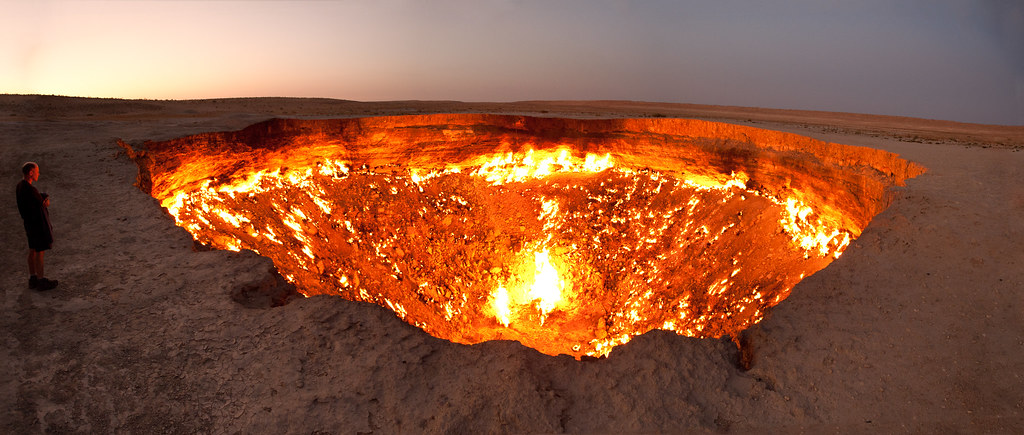VU researchers are testing a new, greener concrete mix that uses old, shredded hi vis vests and cardboard instead of precious natural materials.
Working with partners at Assembled Threads, Textile Recyclers Australia, Out West Concrete, and with funding from Sustainability Victoria - the research team, led by Associate Professor Malindu Sandanayake are road-testing the new, greener concrete mix, with a new carpark at a monastery in Hoppers Crossing.
The 1,000 square-metre carpark was poured by a team from Out West Concrete using the new greener mix, alongside a control sample with standard concrete.
Laying the foundations for change
The research team at Victoria University have been designing, testing and perfecting the mix over the past 18 months, at our Footscray Park Campus.
The new concrete mix is designed to: be more durable, with the fabric fibres increasing its strength; reduce use of precious natural materials like sand, by using cardboard fibres as a cement replacement; and 'lock-in' contaminants from textile waste, which can leach and cause environmental damage.
Over the next 12 months the site will be closely monitored to see how it holds up in all weather conditions, with traffic, and measured for any cracks, indents or leeching.
For Edwina Walsh, CEO at social enterprise Assembled Threads, the trial represents an exciting step forward and "shows how important research is in solving things like the textile waste crisis."
"A typical high-vis vest lasts only 20 washes, so around six months. It does not biodegrade in landfill; it's going nowhere for at least a couple hundred years. It's poisoning the ground soil and leaching into the waterways," Ms Walsh said.
The potential carbon reduction impact is significant. Manish Bhusal, who is completing a PhD in structural engineering at VU, is also working as a research assistant on the project, said it was "truly inspiring to witness academic research being actually applied, which reduced almost 16t of CO2 emissions by reducing cement content in the concrete."
Proving performance over 12 months
Associate Professor Sandanayake and his team have worked with social enterprises, and local community groups to make the trial happen.
We know that there is a lot of research happening around green concrete, but our goal is to test the performance of these mix designs and check how it behaves within the natural environment, how it behaves with different climates, different weather."
"Once the performance testing is completed, we are going to use it in carparks, footpaths, or driveways, and expand the application to other cases," Associate Professor Sandanayake said.






